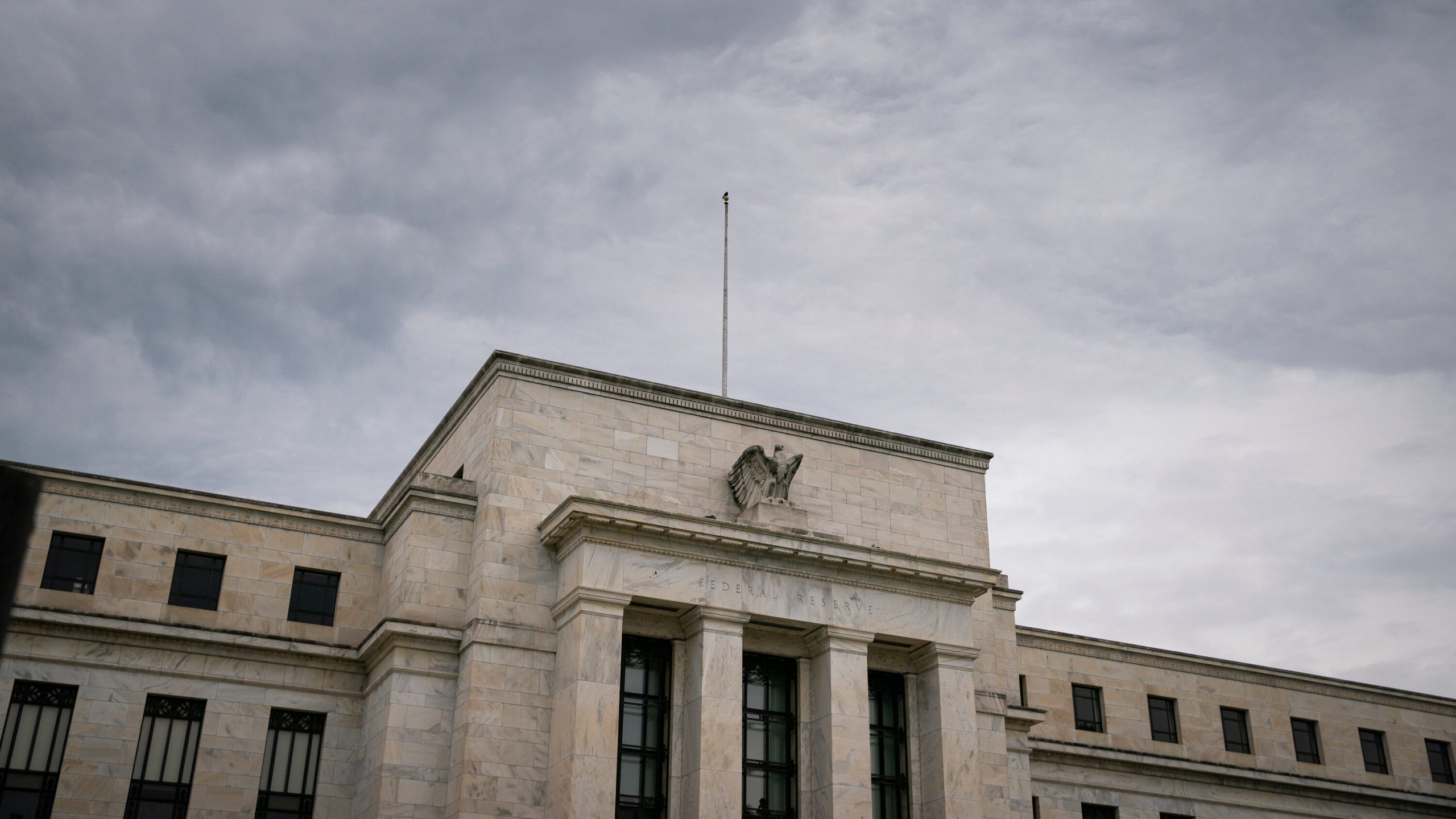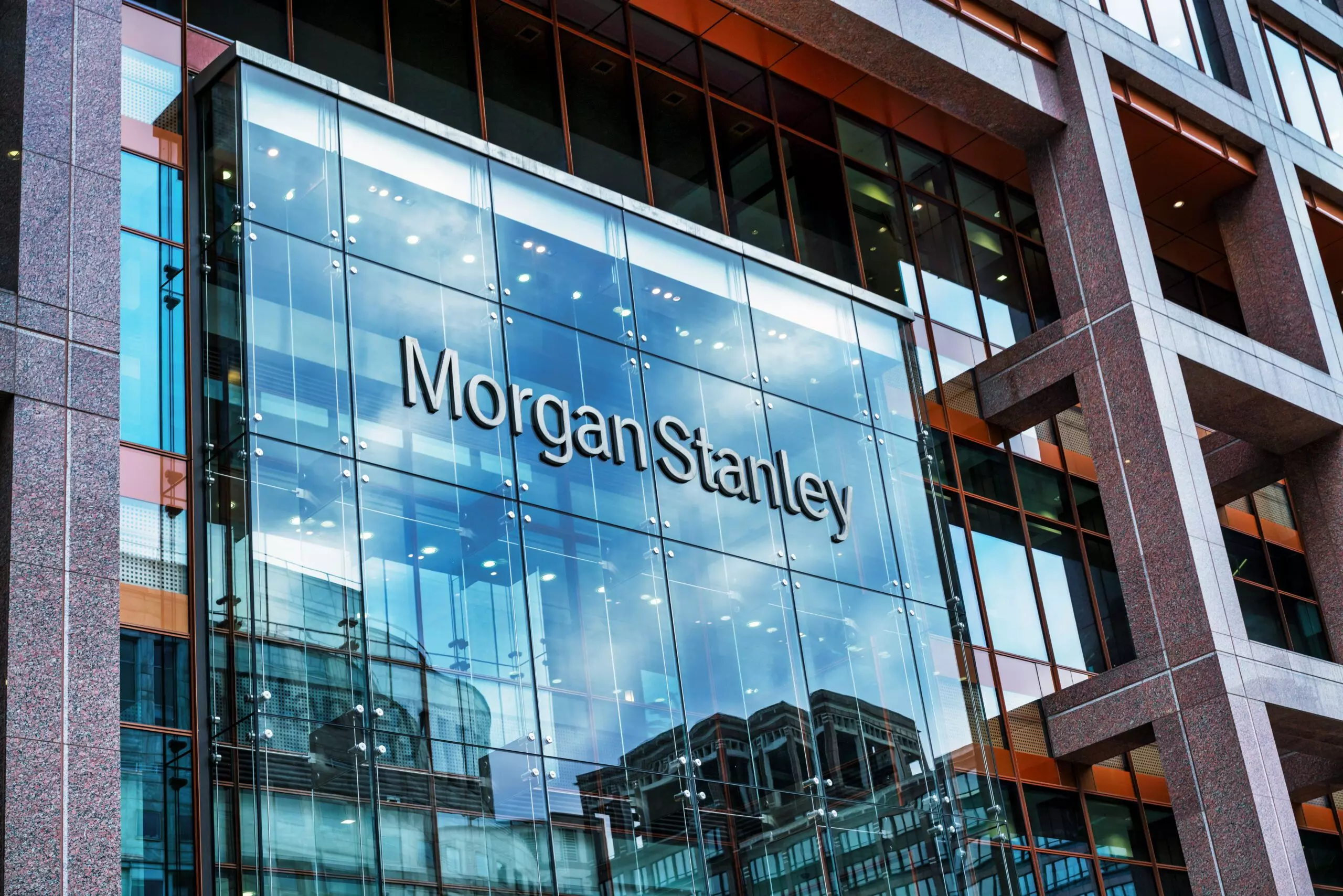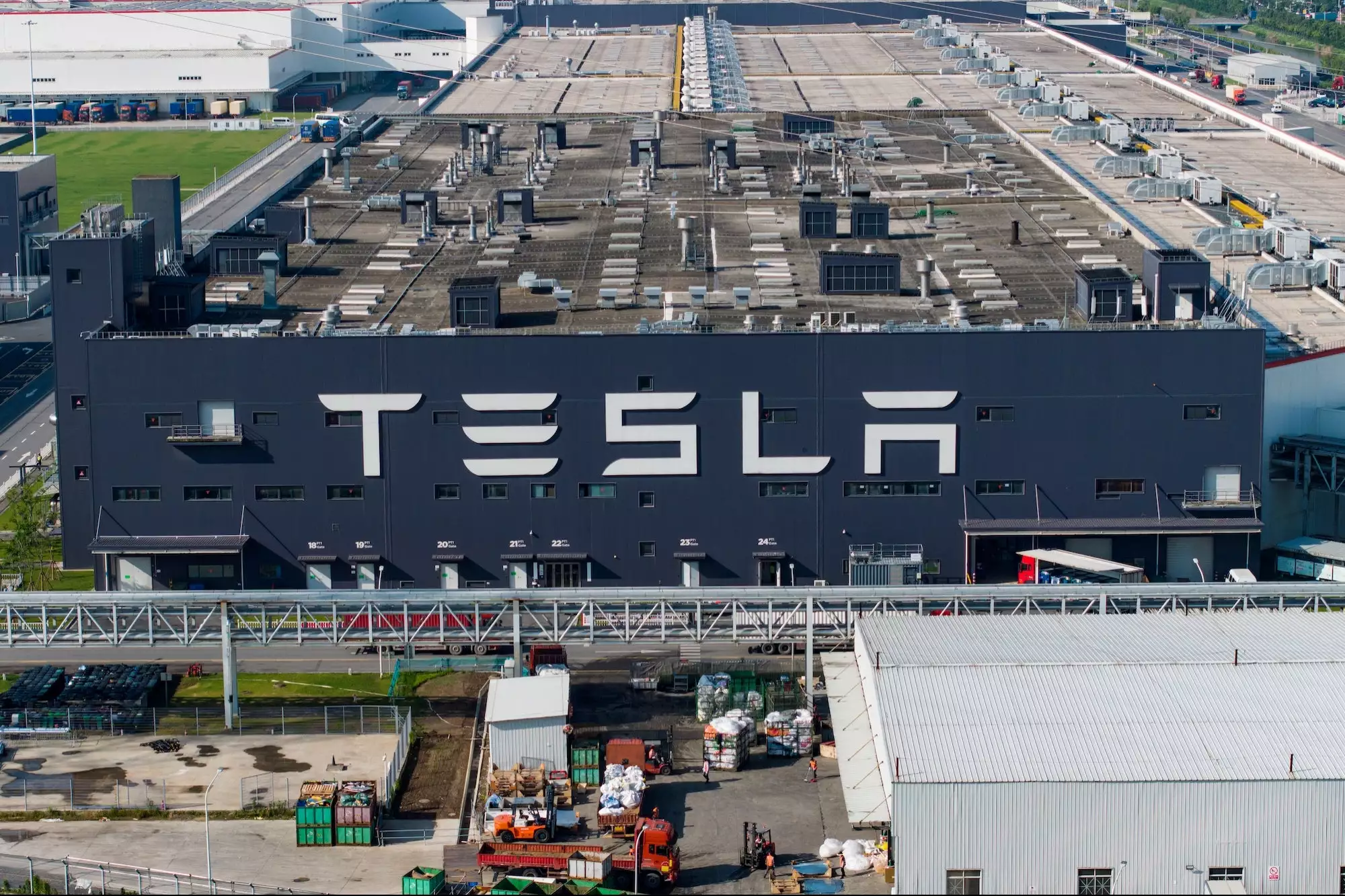After a consistent streak of raising interest rates over ten meetings, the Federal Reserve is anticipated to take a pause on Wednesday, allowing the US economy to catch its breath. While market expectations suggest a temporary break, policymakers will remain cautious about signaling an end to the tightening cycle. The decision comes as inflationary pressures ease, providing an opportune moment for evaluation. This article examines the likely outcomes of the Federal Reserve’s actions, including interest rates, economic projections, and communication strategies.
If the Federal Open Market Committee (FOMC) chooses to pause, the benchmark borrowing rate will remain in the target range of 5% to 5.25%. The recent consumer price index report, which revealed a two-year low in the 12-month inflation rate at 4%, has solidified market expectations of a pause. However, the post-meeting statement may be carefully worded to ensure investors do not assume a complacent stance on inflation or an abrupt halt to the rate-hiking cycle. A “hawkish pause” is a possibility, indicating a leaning towards raising rates in the future but awaiting further information before committing.
In the event of a hawkish pause, investors will turn their attention to the “dot plot,” which charts individual members’ expectations for future rates. Market speculation suggests that the dots will indicate an additional rate hike later this year, possibly at the July meeting. The previous update to the dots in March showed a wide range of opinions, with seven out of nineteen members expecting rates to surpass the current range. Alongside the dots, the Summary of Economic Projections will be updated, providing insights into the outlook for GDP, unemployment, and inflation. Market expectations lean towards an improved growth outlook, despite the Fed’s economists predicting a shallow recession triggered by a credit contraction later in the year.
Following the release of statements and projections, Federal Reserve Chairman Jerome Powell will address the press and clarify the rationale behind the actions taken. It is anticipated that Powell will adopt a cautious tone, emphasizing the importance of taming inflation rather than focusing on the decision to forgo a rate hike. He is likely to emphasize that a lack of rate hike in a specific meeting does not imply an end to future hikes, without explicitly committing to a hike in July. Striking a balance between curbing inflation and maintaining a stable economy remains the Federal Reserve’s ultimate goal.
Historically, central banks that pause their rate hikes usually resume hiking shortly after realizing that inflation has not been sufficiently subdued. Goldman Sachs suggests that any pauses in hiking will likely be driven by inflation surprises rather than tight labor markets since controlling inflation overshoots remains a priority for central banks. The Federal Reserve has expressed confidence in its ability to manage policy levers to bring down inflation without causing a recession. However, economic uncertainties persist, and a recession remains a likely scenario according to most economists. The risk of raising interest rates too aggressively and causing a more significant structural break in the economy is a concern that the Federal Reserve must carefully navigate.
As the Federal Reserve convenes for its upcoming meeting, expectations point towards a pause in interest rate hikes. This decision reflects the easing pace of inflation and offers an opportunity to assess the economic landscape. While policymakers aim to avoid prematurely signaling the end of the tightening cycle, they remain committed to managing inflation effectively. With the Federal Reserve’s focus on striking the right balance between inflation control and economic stability, their actions will continue to be closely monitored by investors and economists alike.







